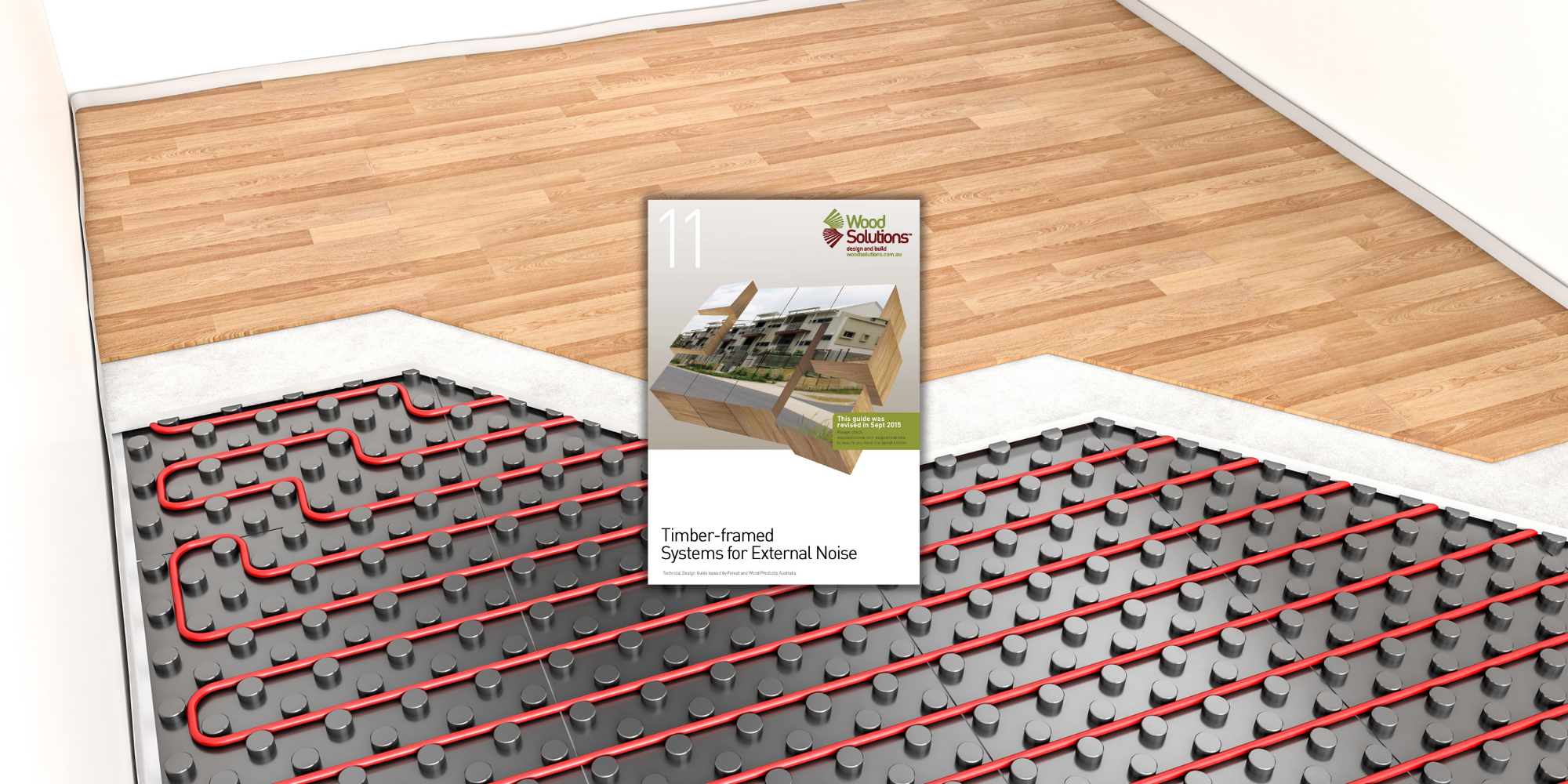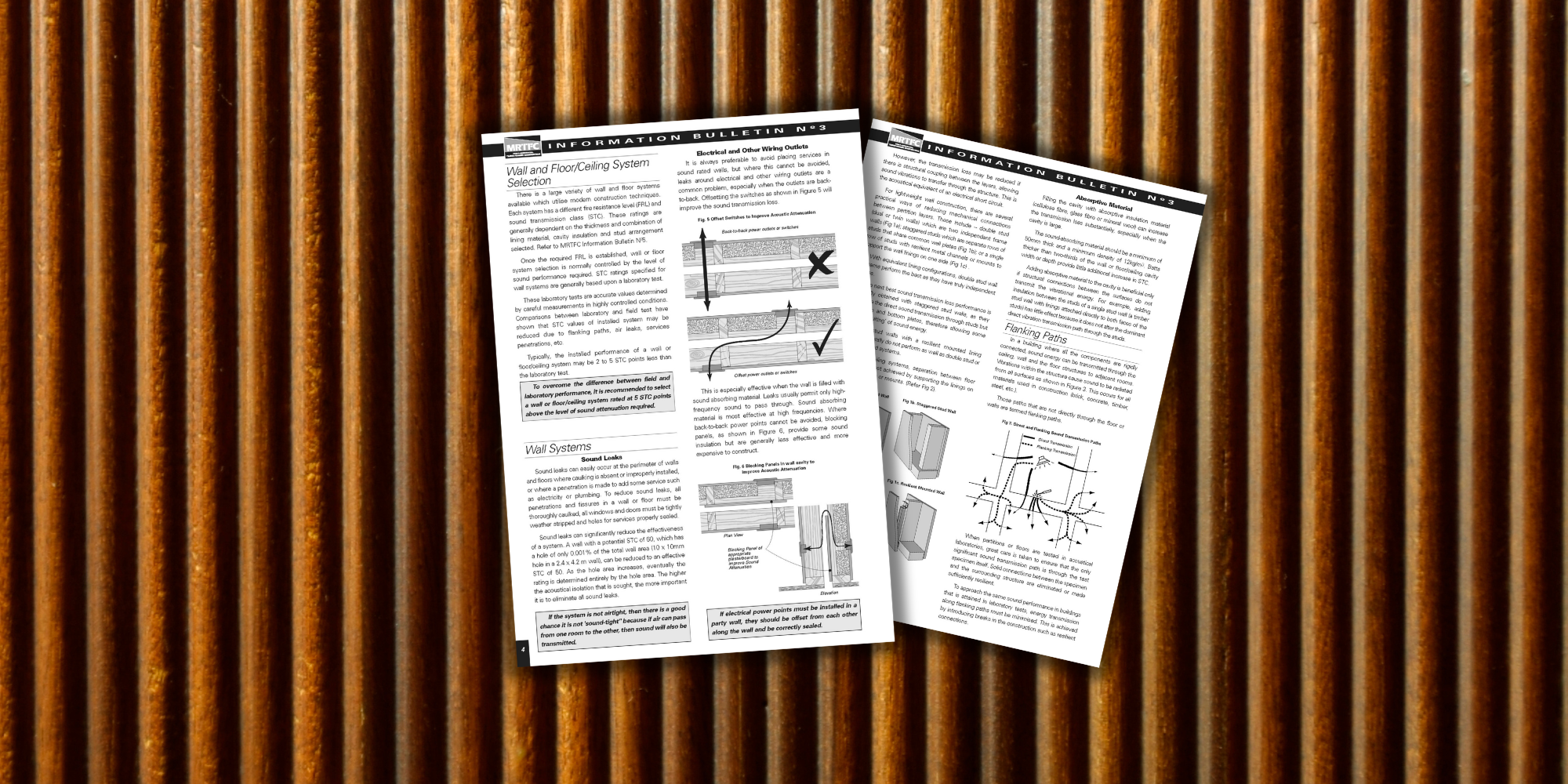Overview
Whether managing sound transmission between dwellings or using timber's natural acoustic qualities to enhance a building, effectively managing sound is an important part of any building design.
When designing a new or modifying an existing dwelling, all building work must comply with the National Construction Code (NCC) and any actions to reduce the ingress of external noise must be designed and constructed to be compatible with all other aspects of the NCC that may apply. WoodSolutions Technical Design Guide 11 offers an overview of the key issues.
Do's & Don'ts for for Sound Control
By following some basic acoustic design elements, better sound control can be provided for timber framed construction. Walls and floors which separate dwellings need to provide adequate resistance to the passage of sound. These sounds will either come from airborne sources - such as speech, musical instruments and loudspeakers - or impact sources, such as footsteps and the moving of furniture.
Standards and codes within Australia are controlled by the Australian Building Codes Board (ABCB), and details and copies of the standards are available at the ABCB website.
City Sounds 2 - Acoustic Design Resource is an initiative of the City of Melbourne and RMIT University.
Understanding Sound Transmission
Any wall or floor, which separates one dwelling from another, must provide adequate resistance to the passage of sound. These sounds will either come from airborne sources - such as speech, musical instruments and loudspeakers - or impact sources, such as footsteps and the moving of furniture.
The difference between the sound energy on one side of the wall or floor and that radiated from the second side is called the sound transmission loss. The larger the sound transmission loss, the smaller the amount of sound energy passing through and consequently, less noise is heard. Transmission loss depends on frequency. Low frequencies pass through walls/floors much more easily than high frequencies, which is why bass guitar and drum sounds are more easily heard.
Perception of loudness does not decrease at the same rate as the decrease in sound energy. For example, a 10 decibels decrease in sound energy would be perceived as a halving of the loudness. In practical situations, the smallest difference that people can detect easily is about three decibels. Where various systems are compared, a variation of one or two decibels will have little detectable difference.
The section contains the following Technical Design Guide which provides information to assist in achieving adequate sound insulation (sound transmission loss):



